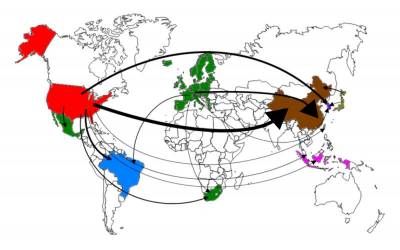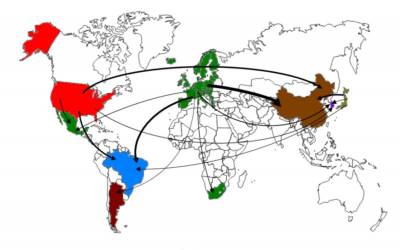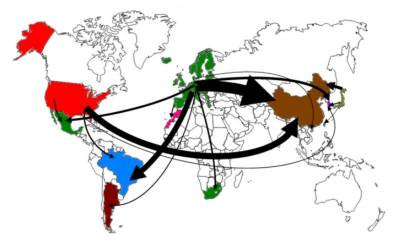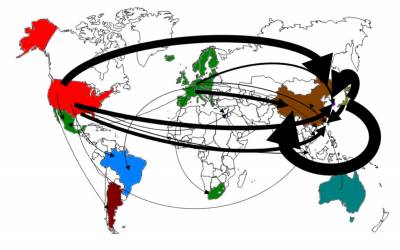Historical
models of GDP growth have depended on fossil fuel consumption, the
extraction
of material resources and growing carbon dioxide emissions, which
has led to
negative environmental impacts across the world.
Despite
innovations, resource efficiency has not
improved enough to counter the
impact of growth in demand. In general, paradigm shift is required in business models
to enable growth through
resource efficiency, closed loops and decoupling at
the systems level.
Find more information at More with Less: Scaling Sustainable Consumption and Resource Efficiency
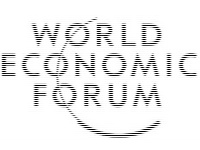
|
The work presented in this book is brought together in five substantive
chapters: environmental policy design characteristics and their role
in
inducing innovation, the role of public policies (including multilateral
agreements) in encouraging transfer of environmental technologies,
followed by three "sectoral" studies of innovation in alternative fuel
vehicles,
solid waste management and recycling as well as green (sustainable)
chemistry.
|
How can governments support eco-innovation when technological options
proliferate? How and why policies to support Carbon Capture and
Storage
(CCS) or Combined Heat and Power (CHP) in Canada, France
and Germany
differ? The report discusses policies to support eco-innovation
in the variety of
national contexts (OECD) and factors such as market structures.
|
Between
1999 and 2009 on average only 2.7% of all applications for technology
patents
under the Patent Cooperation Treaty were for environmental
innovations (OECD Report 2011). Despite the
creation of patent commons
such as the GreenXchange, there have been few
breakthrough changes in recent years.
Find more information at More with Less: Scaling Sustainable Consumption and Resource Efficiency
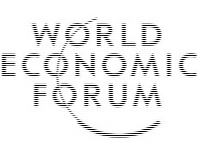
| |



